Mastering the art of subtlety in a fast-changing environment of technological growth is key. This is the only way to stay ahead of the curve and the competition.
When it comes to making ChatGPT undetectable, this is especially true.
However, it can only be done when taking into consideration numerous factors when using this tech to create texts and pass them off as your own.
You need to be strategic and smart.
Simply copying and pasting content and then posting it on your blog or handing in an assignment can get you in trouble. And nobody wants that.
If you decide to utilize ChatGPT to assist you in creating your texts, whether for school or work, you need to know how to do it the right way so that your content will go undetected by tools and algorithms that are designed specifically to find the copy and pasters out there.
Key Takeaways
- Undetectability requires strategic use of ChatGPT, avoiding direct copy-pasting to prevent flagging by AI detection tools.
- Strategies include embracing a natural, human-like tone, blending AI and human content, meticulous editing, and maintaining natural sentence structures.
- Incorporating specific illustrations, personal touches, current references, and reading content aloud also helps to humanize AI-generated text.
- ChatGPT’s limitations (e.g., generic phrasing, consistent style, less emotional nuance) can be overcome by human input for deeper contextual understanding and creativity.
- Tools like Undetectable AI’s AI Detector and Humanizer are designed to identify AI-generated traits and transform robotic text into engaging, natural-sounding content.
ChatGPT and AI Text Detectors: A Closer Look
ChatGPT, the AI tool that has taken the world by storm, is a master at creating texts that dive deep at astonishing rates and with precise accuracy.
However, the content created by ChatGPT can raise eyebrows from time to time, especially the tools that review based on patterns and details often unseen by the human eye.
Despite their growing acumen, they’re sometimes outsmarted by ChatGPT’s finesse.


Never Worry About AI Detecting Your Texts Again. Undetectable AI Can Help You:
- Make your AI assisted writing appear human-like.
- Bypass all major AI detection tools with just one click.
- Use AI safely and confidently in school and work.
Here, we analyze this intriguing dynamic, offering insights into the subtle dance between AI authenticity and detection evasion.

Deep Dive into Strategies for Bypassing GPT Detection
To make ChatGPT’s output virtually indistinguishable from human writing, here’s a more detailed look at the right strategies you need to implement so you can easily bypass ChatGPT detection tools:
1. Embrace a Natural Writing Tone: You need to ensure that the content you are producing with the assistance of ChatGPT is natural and matches a human tone.
Think about how you talk with friends or colleagues – it’s far more relaxed, spontaneous, and fluid than what you will see produced by ChatGPT.
If you can revise the text and match these qualities, ChatGPT’s production can provide a much more genuine and human-like feel that won’t make readers think that something fishy is going on… or even worse, make detection tools flag your content.
2. Blend AI and Human Content: You also need to mix ChatGPT’s responses with human input so you can produce a cohesive narrative that makes sense and reads naturally.
This strategy will ensure that the content feels organic.
3. Meticulous Editing and Proofreading: Every word counts. Carefully review and revise each sentence with precision and care, working hard to achieve both clarity and readability.
This part of the process is essential in transforming ChatGPT-generated texts into content that is free of the typical AI-induced quirks that set off red flags everywhere.
4. Maintain Natural Sentence Structures: Be simple. Try to avoid overly complex and robotic sentences that ramble on and on.
Instead, make sure you focus on structures that flow smoothly and are more direct.
This way the content will be far more relatable and engaging, the best way possible to create a real human connection with your audience.
5. Incorporate Specific Illustrations and Details: The right details can bring stories to life.
By including vivid examples that share real-life experiences so readers can relate and feel a more human connection.
By adding this kind of depth and authenticity, you will transform generic ChatGPT-style content into something that is uniquely yours.
6. Infuse Personal Touches and Opinions: You need to add your personality to the content.
Share your own opinions, interesting anecdotes, and personal experiences that reflect a unique perspective.
ChatGPT can’t do this and by adding this into the mix you will create content that bypasses detection and connects with your reader.
7. Utilize Advanced Grammar and Vocabulary: Elevate the language to the next level to reflect sophistication and expertise.
Doing so will generate authority and credibility. But don’t go too far.
The goal isn’t to be condescending or make the reader think you are trying too hard to sound smart. Try to find a fine balance.
8. Reference Current and Relevant Topics: Always be aware of current trends and events. Including these kinds of discussions adds relevancy.
It will also show that you’re not just banging out fast content (or having ChatGPT do it for you) but that you are a human who’s engaged with the world.
9. Read Aloud for Authenticity: This strategy should be used for every single writer out there regardless of the kind of writing they are doing.
Reading your content aloud (whether it’s a poem or a persuasive essay) will help you catch unnatural wording or awkward word choices.
Using these strategies will help you skillfully disguise ChatGPT-generated content, making it indistinguishable from human writing and undetectable to tools and algorithms designed to stop the bots.
Detecting ChatGPT Content: A How-To Guide:
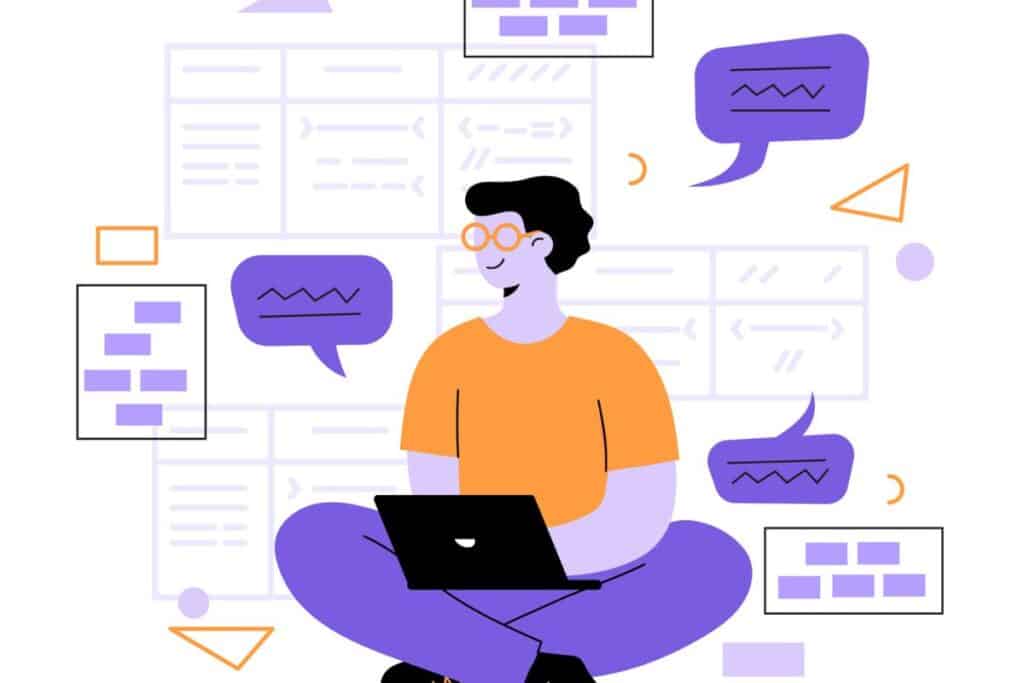
Identifying whether your content was generated by a tool like ChatGPT or written by a human is becoming more and more challenging by the day.
With that said, there are still a lot of red flags out there that make it obvious to tools and even humans which is which.
By diving deep into the nuances that distinguish ChatGPT’s content from human-written content – such as patterns in phrasing, consistency in style, and depth of contextual understanding – we learn how to properly mix the two into content that not only delivers value to the reader but also goes undetected by tools.
ChatGPT’s Limitations and Overcoming Them:
Understanding ChatGPT’s limitations is incredibly important to effectively utilize the tool for your benefit.
By recognizing these constraints, one can strategically supplement AI-generated content with human insight and creativity, thus optimizing the output for a more sophisticated and nuanced result.
Utilizing ChatGPT Without Detection: Tips and Tricks:
Using ChatGPT in a way that its work remains undetected is the only way you should even consider using it, to begin with.
You don’t want to risk being detected.
Going undetected involves a mix of strategic techniques so you can add a personal touch to the content created by ChatGPT.
The goal should be to use ChatGPT as a tool that enhances, and not defines, the content you need to produce.
The aim should be to create an environment, whether professionally or academically, where AI and ChatGPT are used as an aid, not as a replacement, for human creativity.
To do this properly and avoid getting flagged for simply creating content by AI and passing it off as your own, there are numerous steps and tips you need to follow.
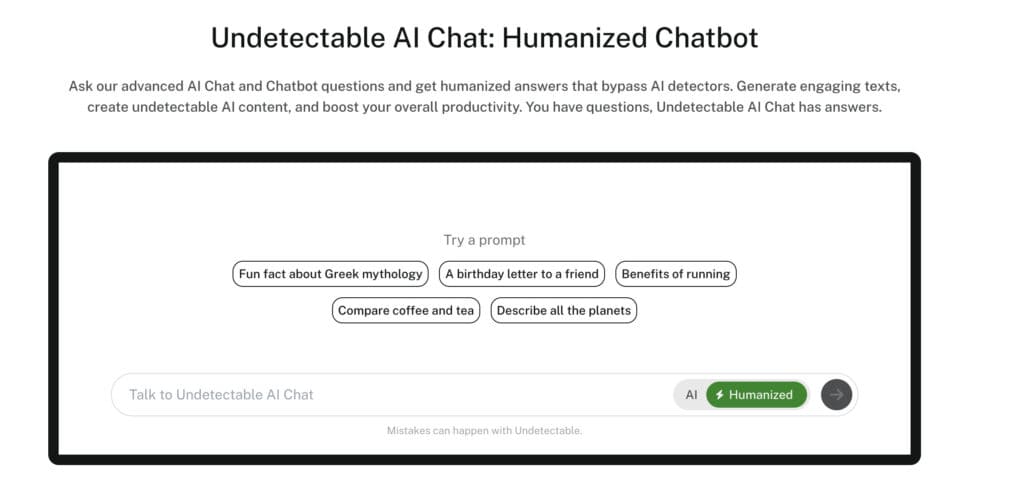
If you’re looking to scale your communication without the rigid, robotic feel of standard models, Undetectable AI’s AI Chat offers a seamless way to refine your digital voice.
It enables you to conduct deep-dive research and drafting through a conversational interface that ensures your AI-assisted interactions remain undetectable to sensors and scanners.
Delving Deeper into Detecting ChatGPT Content
Being able to distinguish between ChatGPT-generated texts and human-written content has already become an essential skill needed by content producers and students alike.
Those who can do it the right way are one very large step ahead of the competition.
What are the main ways of identifying content created by ChatGPT?
1. Patterns in Phrasing: ChatGPT, despite how much it has advanced in such a short amount of time, uses certain patterns in its phrasing when creating its texts.
These patterns typically include repetitive sentence structures and styles and the repetition of certain words and phrases.
It also tends to default to using very generic explanations that fail to dive deep or connect with readers because the text seems too thin or generic.
Human writing, on the other hand, shows more variety and a more unpredictable approach when it comes to sentence structure and phrasing.
2. Consistency in Style: ChatGPT-generated texts usually maintain a consistent style throughout the whole piece.
This consistency has both a positive and negative side – even though it will ensure some kind of uniform quality throughout.
However, the lack of the human touch can present issues both for the reader and for tools that are trying to identify AI-written content.
3. Depth of Contextual Understanding: Even though ChatGPT provides contextually relevant responses, it struggles with highly specialized or technical topics.
People bring a much deeper level of contextual understanding by including personal experience and anecdotes into the writing process.
Providing these insights – content that isn’t just technically accurate but rich in personal and subjective ideas and experiences – makes a huge difference.
4. Response to Complex Queries: ChatGPT at times can lack the humanity necessary to create more generalized answers to questions that are either complex or multi-layered.
Human responses, on the other hand, typically demonstrate a much clearer understanding of complex ideas or arguments, addressing considerable aspects with a greater depth and understanding of the subject matter.
5. Creativity and Originality: Human writing is far more creative and original than content created by ChatGPT.
That’s just a fact and perhaps down the road with further advances in technology.
Some things that ChatGPT and other AI writers struggle with, like unique analogies and creative metaphors, should be added by the human touch upon revision of the texts produced by AI.
6. Emotional Nuance: ChatGPT can simulate human emotions in writing to a certain degree.
However, human writing usually contains a far richer variety of emotions, reflecting their unique perspective, insights, and emotional states.
7. Idiomatic and Cultural References: Human writers typically incorporate idiomatic expressions, cultural references, and local/regional slang far more naturally than AI writers.
Even though ChatGPT is designed to understand and even use idioms, the results may not always work out as well as one would hope for or expect.
8. Error Patterns: Funny enough, the errors made by AI and humans can differ dramatically.
ChatGPT might make errors because of its training data or because it misunderstood some nuance of language.
Human errors are typically more unpredictable and can vary a lot compared to the common mistakes that are made by AI.
Mastering the art of undetectable AI conversations means understanding both how AI content is identified and how it can be refined.
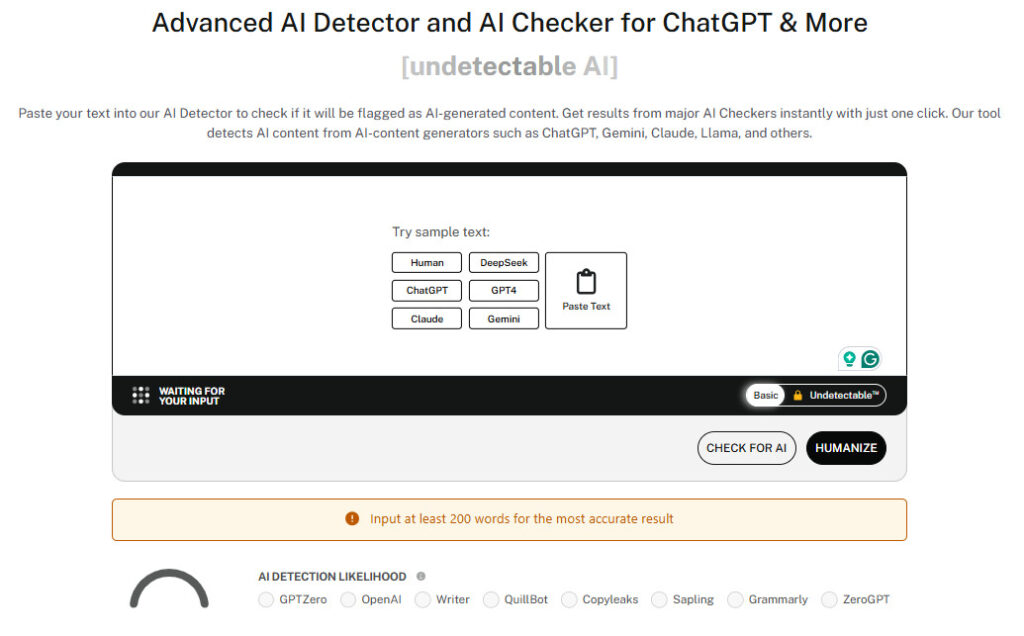
Tools like Undetectable AI’s AI Detector help analyze and break down AI-written traits.
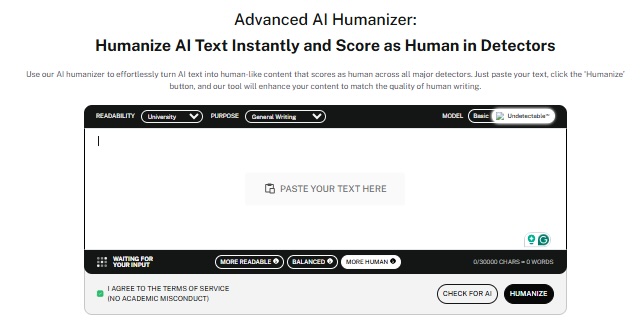
While the AI Humanizer transforms flat, robotic text into engaging, reader-friendly writing.
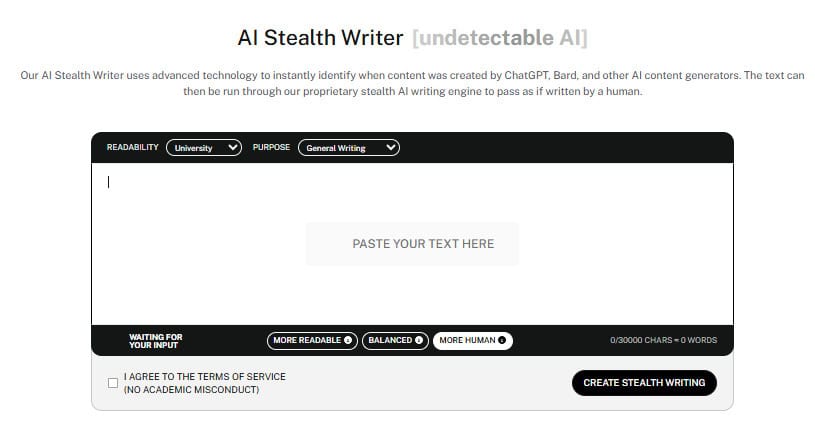
And for those starting from scratch, the AI Stealth Writer offers a way to create subtle, undetectable content without compromising quality or clarity.
The Final Step: Type Like a Human with Human Auto Typer
Once your ChatGPT-generated text has been refined and humanized, the last step is submitting or publishing it authentically.
That’s where Undetectable AI’s Human Auto Typer comes in.
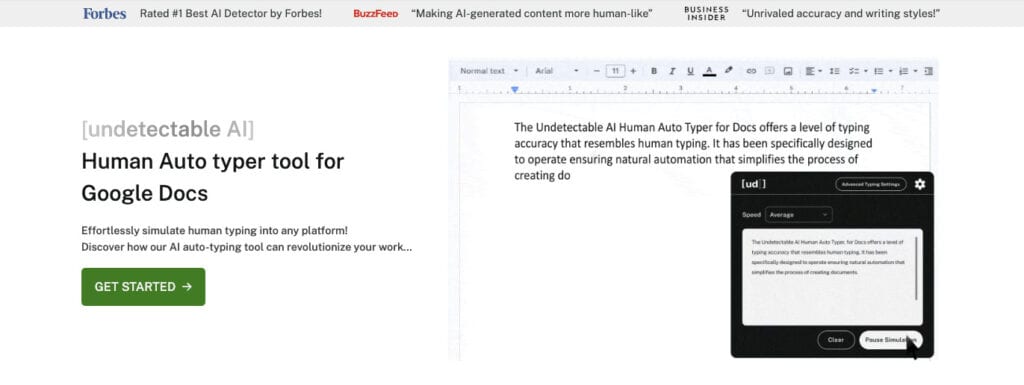
This advanced tool simulates real human typing patterns, re-entering your text character by character—just as a person would.
It’s the perfect solution for students, freelancers, and professionals who need to upload or submit text into platforms that flag pasted content or monitor typing behavior.
By mimicking genuine typing speed, rhythm, and pauses, the Human Auto Typer ensures your content looks and feels completely natural while preserving your formatting and flow.
Together, the AI Detector, Humanizer, and Human Auto Typer provide an end-to-end solution for making ChatGPT content sound, look, and perform like it was written by you — not a machine.
Don’t leave without exploring our AI Detector and Humanizer in the widget below!
Conclusion
ChatGPT has opened the door to a fascinating world of AI for so many people, pushing the technology that was once only mentioned in movies to the mainstream.
Understanding the strategies mentioned above will empower you to utilize the full potential of ChatGPT.
Doing so will also elevate your content production process to new heights.
To make it even more efficient and ensure your ChatGPT-generated content sounds naturally human, use Undetectable AI to avoid detection and skip the need for a hired writer.
Try Undetectable AI today and make your AI content truly undetectable.
